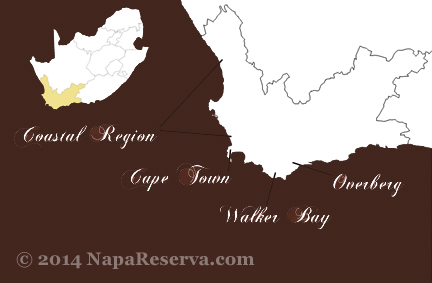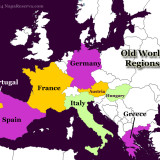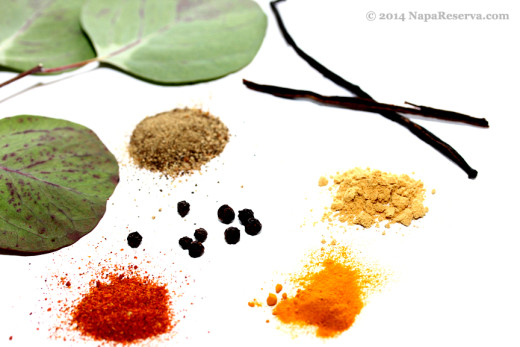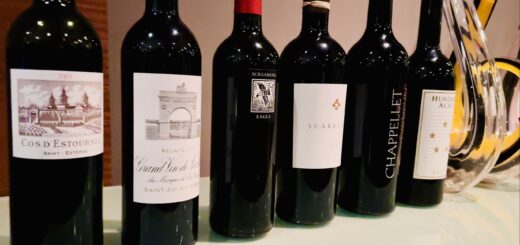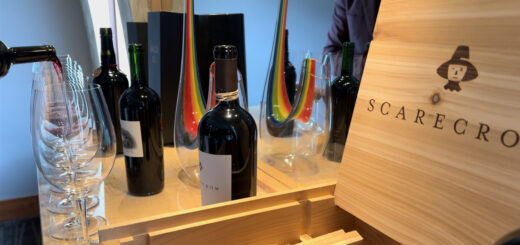Wine Aging Classification of Italy
Aging of wine is also very essential step to enhance and improve the taste of wine. Aging can be done while wine sits inside Oak barrel and in bottles. The Italian appellation system of quality sets standards for viticulture and wine-making practices including wine aging requirements. They are more direct and do vary from region to region.
 Chianti Classico Riserva, Tuscany
Chianti Classico Riserva, Tuscany
From north central Italy, Tuscany has long been the heart and soul of Italian wine. A smaller region within Tuscany, Chianti Classico is world famous for its wine made from Sangiovese grape. For a year with good harvest, Chianti Classico can be made into even better wine. More complex and well refined, it is Chianti Classico Riserva (Italian Spelling for Reserve). By law, Chianti Classico Riserva must be aged at minimum for two years in Oak and three months in bottles, in additional to varietal requirements of between 75-100% Sangiovese, up to 15% of other reds such as Cabernet Sauvignon and Merlot, and up to 10% of Canaiolo.
 Barolo & Barbaresco Riserva, Piedmont
Barolo & Barbaresco Riserva, Piedmont
Made from Nebbiolo grape, neighboring regions of Barolo and Barbaresco required extensive aging for their beloved wines.
Minimum requirement is 3 years of aging in bottle and barrel and to label “Riserva“, it will be at least 5 years.
Barbaresco isn’t far behind with minimum aging of 2 years between barrel and bottle, and 4 years for “Riserva” designation.
 Brunello di Montalcino, Tuscany
Brunello di Montalcino, Tuscany
Brunello is a variation of Sangiovese, made in the town of Montalcino. The region boasts the highest requirement for wine aging. Before release, a minimum aging of 4 years is required with at least 2 years in Oak. What about “Riserva” status?? wines must be aged for 5 years of which at least 2.5 years in Oak.

